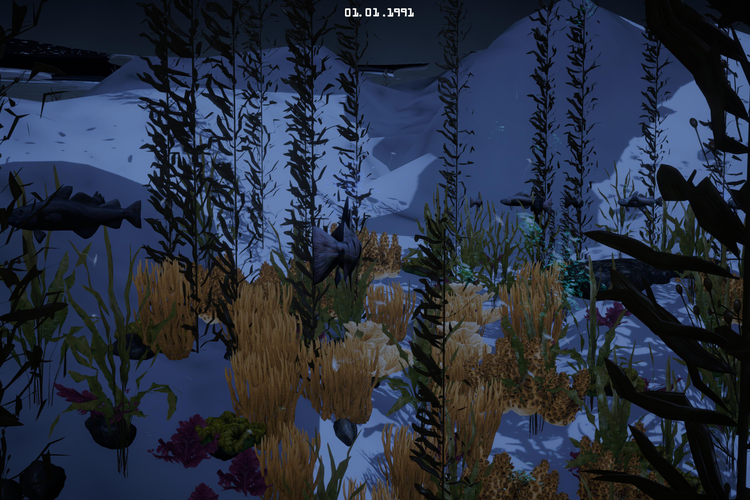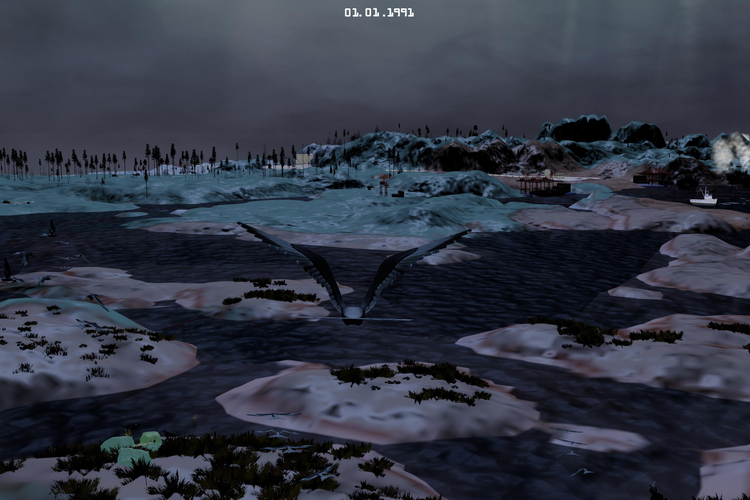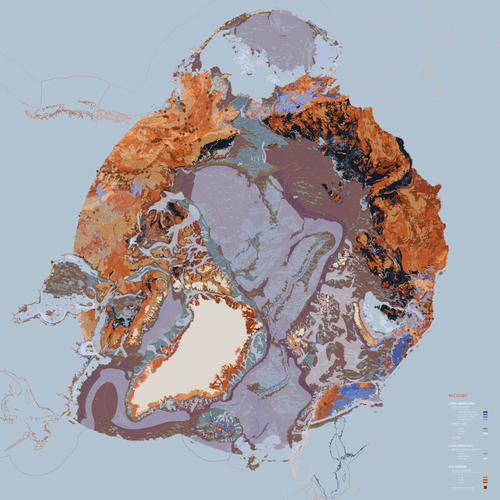Monster and Ghosts of the Far North.
Monster and Ghosts of the Far North got a Honorary Mention from Prix Ars Electronica
My tasks in this project where as Game Designer and Unity Developer.As Game Designer I helped to design the Gameplay of the characters and the interaction between them.
As Unity Developer I implemented the Multiplayer API (PUN) and the Gameplay of the characters.
Monsters and Ghosts of the Far North searches for an alternative cartography through which we can rethink relationships across species in the Arctic region, and beyond. Developed as part of the Driving the Human arts and science collaboration, the project is concerned with modes of environmental data representation in contexts of multispecies cohabitation and negotiation of space following the development of extractive industries at six sites located within the Arctic Circle. Scenes from the habitats of Arctic Terns, Caribou, Shipping machines, Ice Islands, Arctic Cods, and Methanogens have been reconstructed in a digital worldbuilding exercise.
Points of departure for this project are some of the spatial manifestations of social, economic, and geopolitical conflicts caused by environmental degradation. The space of the Arctic Ocean is a site of intense geopolitical and infrastructural intrigue, with incompatible and interlocking border claims rooted in colonial and cartographic history. This has inspired a pursuit for a medium and methodology that would capture natural processes, and allow them to be intertwined with speculations and environmental model projections.
By embodying one of the six characters positioned along the vertical axis of the Earth against the backdrop of spatialized environmental data, the multiplayer interaction is one in which new, generative relations can be established, allowing hidden structures to surface. The work is not intended as a precise reconstruction of events, it is made up of a series of constructed narratives that are guided by environmental data. In the game space, narratives of the non-human, the man-made, and the more-than-human collide. Scientific knowledge and speculative first-person impressions are incorporated in an attempt to interpolate between datasets and the gaps therein, leaving the human present only by proxy. The project is thus both a platform for and a manifestation of ‘bodies tumbled into bodies.'


